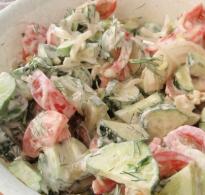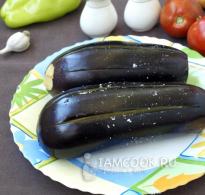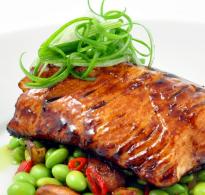Chanterelle types: real, tubular, ordinary and black. Edible agaric chanterelle mushroom: photo, video and a brief description of what chanterelles of different types look like
Original taken from capelman Q Why are chanterelles never wormy?
gray fox in mushroom encyclopedias it can also be referred to as funnel-shaped funnel or funnel-shaped craterellus. It grows in rather large bunches and bunches from August to October in deciduous-coniferous forests.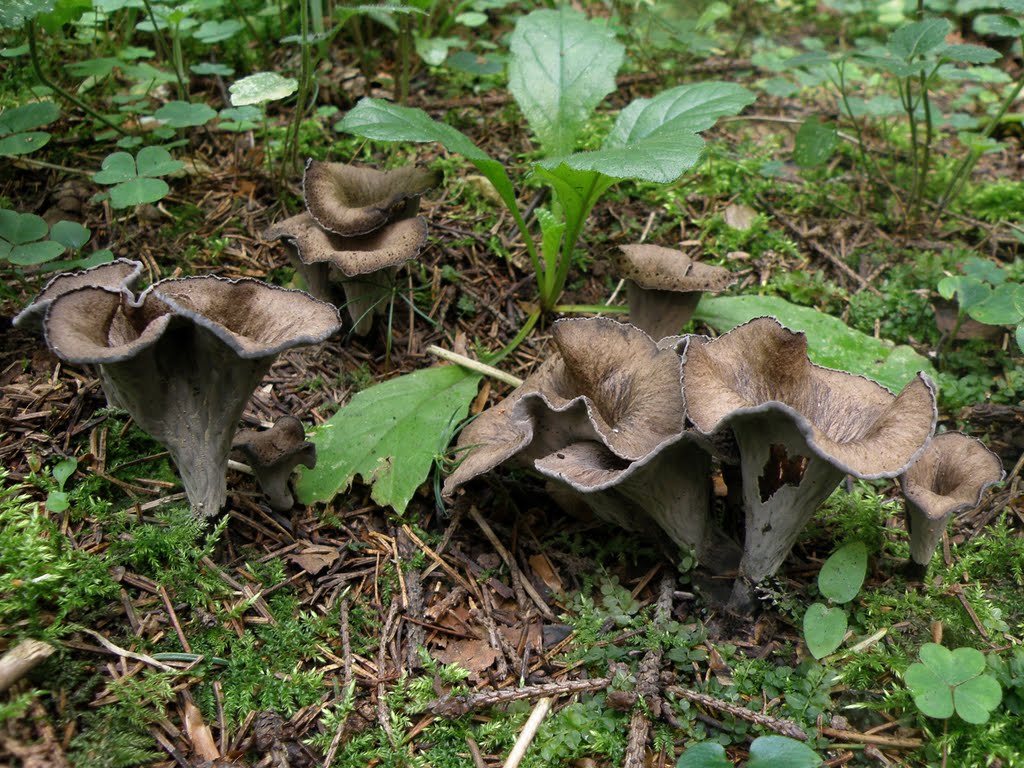 For an inexperienced mushroom picker, the mushroom causes only one feeling to kick this mushroom, and go looking further, only normal mushrooms. The view, of course, is still the same: an unsightly, black-colored, similar to the outlet part of a musical trumpet, grows in groups, as grebes usually like to grow. An experienced mushroom picker knows that it surpasses even a real yellow chanterelle in taste and aroma. And to compete with the yellow chanterelle - a mushroom classified in the first category - this still needs to be tried.
For an inexperienced mushroom picker, the mushroom causes only one feeling to kick this mushroom, and go looking further, only normal mushrooms. The view, of course, is still the same: an unsightly, black-colored, similar to the outlet part of a musical trumpet, grows in groups, as grebes usually like to grow. An experienced mushroom picker knows that it surpasses even a real yellow chanterelle in taste and aroma. And to compete with the yellow chanterelle - a mushroom classified in the first category - this still needs to be tried.
The funnel-shaped hat of brown-black or gray-black color has a diameter of 3 to 8 cm. In adult mushrooms, the hat is covered with a characteristic whitish coating (spores) and seems powdered. The leg is hollow inside, narrowed downwards, up to 12 centimeters in length. The pulp of the mushroom is gray-black or black, very fragile. The color of the pulp does not change even when drying gray chanterelles. The pulp of the mushroom has nice smell.
As you know, in Europe, black fox is very popular and quite expensive. Sometimes it is even called "truffle on a leg." This is due not only to its high palatability, but also to the ever-growing movement to consume pure, unprocessed natural products. Indeed, like its yellow relative, the black fox is never wormy, you don’t need to peel it or take any other actions, just wash it and go. Meanwhile, the taste of the black chanterelle must not be forgotten. It is very strong (like the aroma), it is not lost during cooking or drying, like the yellow chanterelle, and the dried mushroom lasts longer than all other species.
Taking into account the fact that in dried form (and especially in powder) taste qualities black chanterelles are intensified, they harvest it only dried. In Europe, dried black chanterelles or their powder are most commonly used in soups, cheese soups, sauces, seasonings, pastries, preparation of minced meats and cutlets, including fish, as well as for pizza. Being soaked, mushrooms almost completely return to their original appearance and are indistinguishable from fresh ones.
When adding black chanterelle powder to meat and fish cakes, various sauces and spices, dishes take on an amazing taste with a much stronger mushroom flavor than if dried porcini mushrooms were used for the same purposes.
For soups, you can use both powder and whole dried halves of black chanterelle, but in this case they must first be soaked for two hours in cold water.
In Finland, for example, black chanterelle is added to fish cakes with cheese, stewed in cream. And in England they make toast with butter and black chanterelle powder.
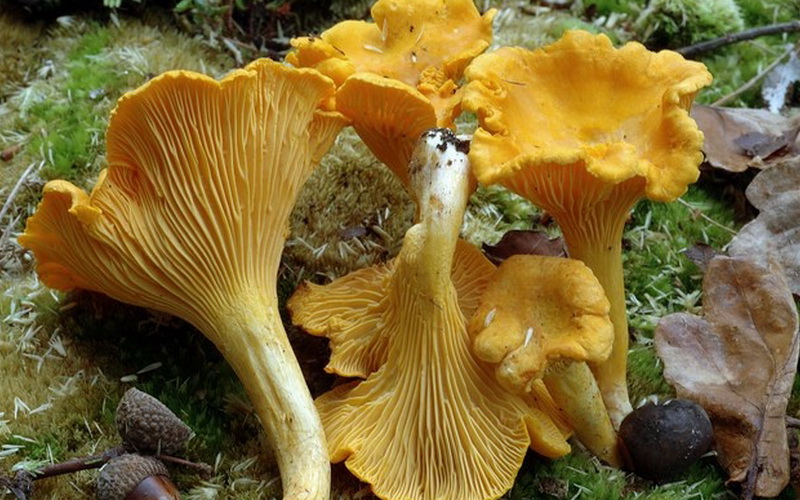
Chanterelle real is a widespread edible mushroom with high yield. It grows in numerous groups, forming the so-called witch's circles or wide stripes, from mid-July to mid-October, with the peak of fruiting occurring in July-August. It is necessary to look for it in moist open areas of coniferous or deciduous forests.
The initially flat-convex mushroom cap with wavy edges gradually becomes funnel-shaped, its edges become thinner and uneven. Its diameter is about 10–12 cm. The surface of the cap is wild mushroom chanterelles are smooth, matte, whitish or bright yellow. The spore-bearing layer is represented by numerous thin yellow convolutions, smoothly descending onto the stem.
The plates are folded, descending far to the stem, branched, thick, sparse. The leg gradually expands upward, without a discernible border turning into a cap, dense, yellow, smooth, up to 7 cm long and 3 cm thick, cylindrical, solid.
The pulp is thick, fleshy, brittle, with a pleasant mushroom smell, almost never wormy.
The agaric chanterelle mushroom belongs to the third category of mushrooms and has a high nutritional value thanks to the vitamins and microelements contained in its tissues. It can rightly be called universal mushroom which lends itself to all kinds cooking showing good taste.
Goes into blanks for canning. Used without pre-treatment boiled and fried. For future use, it is prepared in the form of boiled canned food (in jars), and can also be used for pickling and salting (hot).
The main characteristic of the chanterelle mushroom is real - high content carotene, much more than in all other well-known mushrooms. In addition to carotene, this mushroom contains many other vitamins and has antibacterial properties. In some countries, chanterelle is used to prevent cancer.
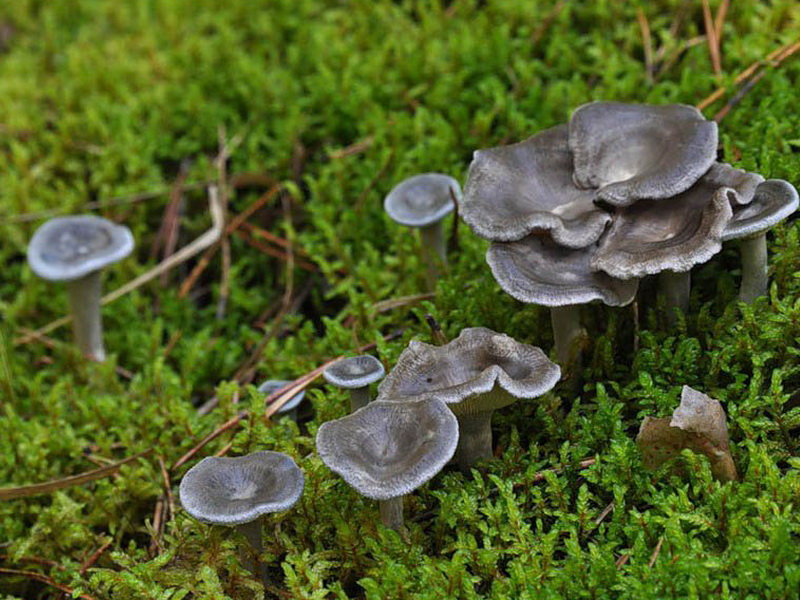
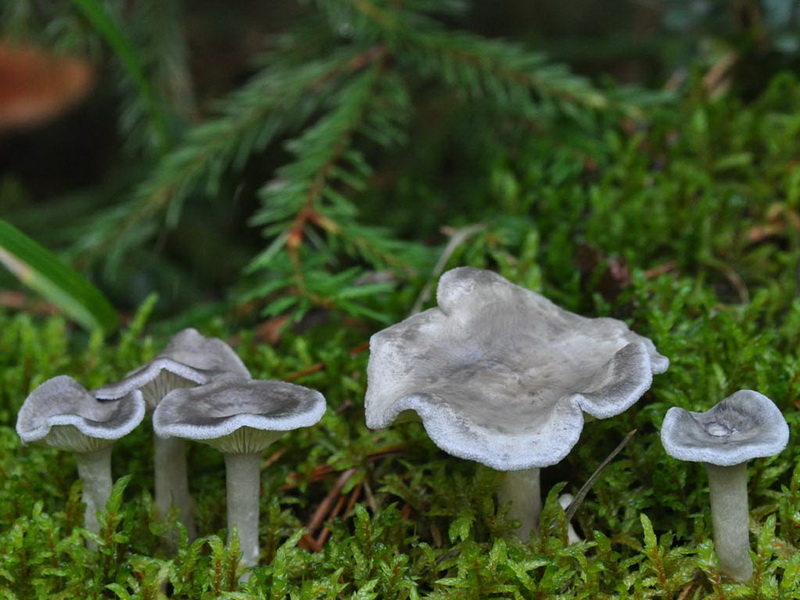
humpback fox, or cantarellula, is a rather rare edible in Russia agaric giving consistently high yields every year. It grows in small groups from mid-August to September, but gives especially plentiful harvests at the very beginning of autumn. In what forests do chanterelle mushrooms of this species grow? You need to look for them in areas of coniferous forest overgrown with a thick layer of moss, best of all in a pine forest.
The cap of the mushroom is convex at first, but gradually takes the form of a wide funnel with a diameter of about 4 cm, with a slight bulge in the middle. Its surface is painted in a brilliant gray with a smoky tint and brown concentric circles. The spore-bearing layer consists of frequent grayish plates descending to the stem. In the process of growth of the plate and adjacent to them top part the legs are covered with small red dots. The leg is rounded, even, straight, the same color as the plates. Its height is about 8 cm, and its diameter rarely exceeds 0.5 cm. The surface of the leg is smooth, with a slight white pubescence at the base.
The pulp is thin, soft, tender, with pleasant taste and a subtle mushroom aroma, painted in a grayish color, which quickly turns red when the pulp comes into contact with air.
Chanterelle humpback belongs to the fourth category of mushrooms. It is eaten boiled or fried.
These photos show what chanterelle mushrooms look like real and humpbacked:

Chanterelle yellowing and gray: the color of forest mushrooms and their description


Chanterelle yellowing is an edible mushroom that grows in small groups from early August to late September in coniferous, predominantly spruce forests.
The chanterelle's hat is shaped like a deep funnel about 5 cm in diameter, with a wrapped curly edge. Its surface is smooth, matte, dry. The color of this chanterelle mushroom is yellowish brown. The lower part of the cap is also smooth, but in mature mushrooms it is covered big amount thin sinuous folds descending on the leg. She is dyed in yellow with an orange tint. The stalk is rounded, thinner at the base, often curved, rarely straight, hollow inside, the same color as the spore-bearing layer. Its height is about 10 cm, and its diameter is about 1 cm. The pulp is elastic, dense, brittle, light yellow, tasteless and odorless.
Chanterelle yellowing belongs to the fourth category of mushrooms. It can be eaten both fried and boiled, as well as dried for the winter.
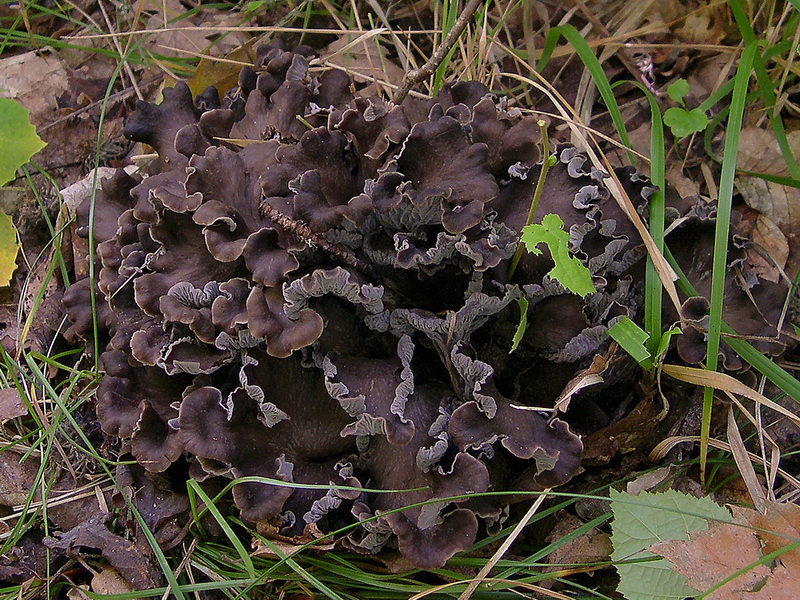

Chanterelle gray has a cap with a diameter of 3-5 cm. The cap is funnel-shaped, lobed, gray-brown-black, fading with age, the edge is lowered. The pulp is thin, with a fresh taste, without a special smell. The plates are descending, gray, uneven in length, frequent, thin. The leg is cylindrical, hollow, colored a tone lighter than the cap, 4.0 0.5-0.2 cm in size. Spores are ellipsoidal, 8-10 5-6 µm in size, colorless.
Nemoral forest view. The range covers Europe.
Found in deciduous forests. Fruiting bodies are periodically formed in September - October. There are single copies.
It is protected as part of the natural complexes of the Berezinsky Biosphere Reserve, the national parks "Narochansky" and "Belovezhskaya Pushcha". It is necessary to create specialized mycological reserves in places not covered by conservation measures. Periodic monitoring of the state of known populations should be carried out, search for new ones and, if necessary, organize their protection with the prohibition or limitation of anthropogenic impacts.
Below is a photo and description of the common chanterelle mushroom.
Common chanterelle: in what forests it grows and what it looks like (with photo)
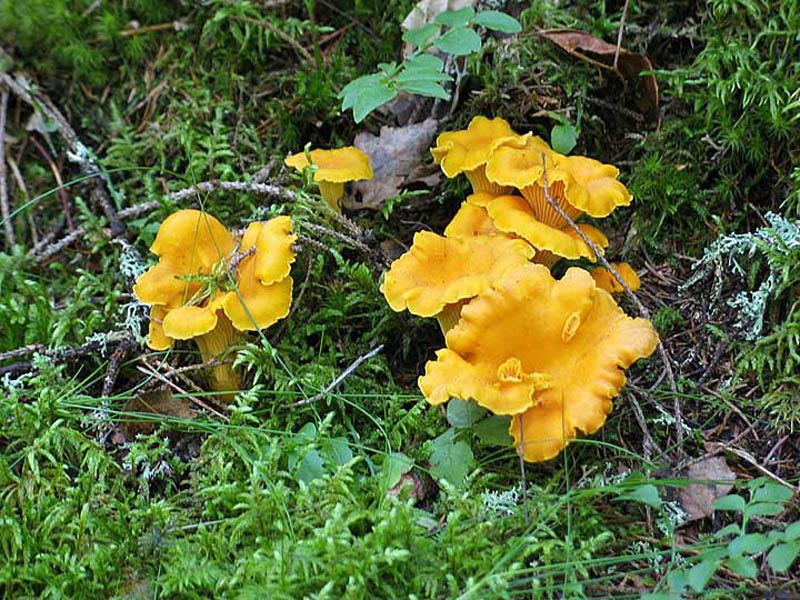
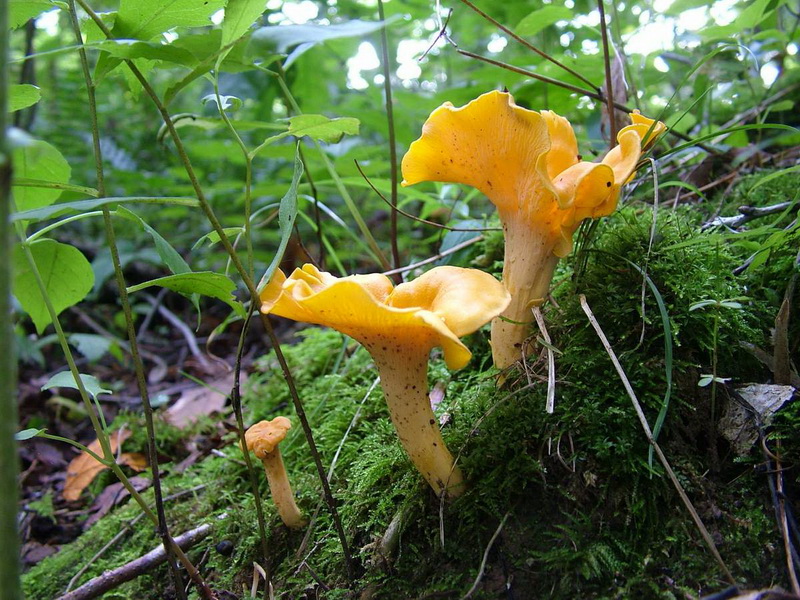
Chanterelle ordinary (Cantharellus cibarius) is an edible mushroom. Cap 2-12 cm in diameter, convex at first, then depressed in the center in the form of a funnel with a solid or lobed-tucked edge, rather fleshy, yellow or yellowish-white. Plates in the form of forked-branched veins or folds of skin of the same color with the stem, strongly descending along the stem. Leg 2-10 cm long, 0.5-2 cm wide, the same color as the cap. The pulp is firm with pleasant smell, whitish or yellowish.
Forms mycorrhiza with birch, spruce, pine and oak.
You can find it from June to November. It is especially valuable in June and July, when there are few other mushrooms.
This chanterelle mushroom looks almost the same as the inedible false chanterelle, but it is more regular in shape.
The common chanterelle is edible both at a young and at an old age. Does not require boiling. Fried chanterelles are especially tasty.

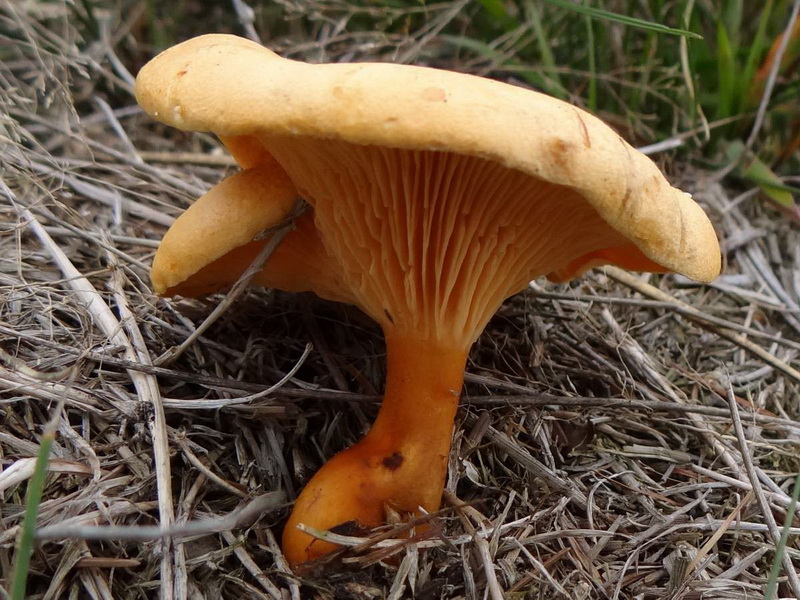
false fox (Hygrophoropsis aurantiaca) - the mushroom is inedible. Cap 2-12 cm in diameter, convex at first, then depressed in the center in the form of a funnel with a rolled edge, orange or ocher, fading to reddish-whitish with age. The pulp is dense yellow or orange. The plates are frequent, thick, forked-branched, of the same color as the stem, strongly descending along the stem. Leg of regular round section, 2-5 cm long, 0.5-1 cm wide in the lower part, where there are no plates, of the same color as the cap. Spore powder is pale cream.
It grows in sparse pine and pine-birch forests, on heathlands. Found in large quantities.
You can find it from June to November.
The false chanterelle is similar to the real chanterelle. The false chanterelle has real plates under the hat, while the real chanterelle has thick veins or folds instead of plates.
You can see different types of chanterelle mushrooms in this video:
gray fox in mushroom encyclopedias it can also be referred to as funnel-shaped funnel or funnel-shaped craterellus. It grows in rather large bunches and bunches from August to October in deciduous-coniferous forests. For an inexperienced mushroom picker, the mushroom causes only one feeling to kick this mushroom, and go looking further, only normal mushrooms. The view, of course, is still the same: an unsightly, black-colored, similar to the outlet part of a musical trumpet, grows in groups, as grebes usually like to grow. An experienced mushroom picker knows that it surpasses even a real yellow chanterelle in taste and aroma. And to compete with the yellow chanterelle - a mushroom classified in the first category - this still needs to be tried.
The funnel-shaped hat of brown-black or gray-black color has a diameter of 3 to 8 cm. In adult mushrooms, the hat is covered with a characteristic whitish coating (spores) and seems powdered. The leg is hollow inside, narrowed downwards, up to 12 centimeters in length. The pulp of the mushroom is gray-black or black, very fragile. The color of the pulp does not change even when drying gray chanterelles. The pulp of the mushroom has a pleasant smell.
Photos of black chanterelle mushroom

Description of the gray chanterelle in literary sources
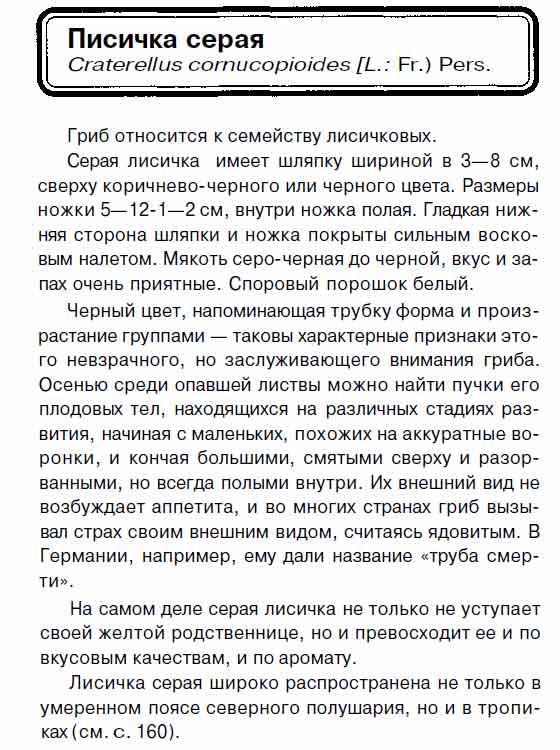


Chanterelles are bright, elegant mushrooms, their yellow-red outfit glows in the dusk of the forest, attracting mushroom pickers to them. How beautiful these mushrooms are! They prefer to grow up in large families. If you come across one mushroom, look around if there are still chanterelles growing here, perhaps they hid in the moss or under fallen leaves.

These mushrooms, always growing in large numbers, appear in several waves from early summer to mid-October. The main harvest of chanterelles usually falls on the whole of August and the first half of September. After a warm rain, they immediately pour out in huge heaps, stripes, circles. Chanterelles grow in mixed forests with birch, pine or spruce, and are also found in oak-pine, aspen-pine forests. They are light-loving and therefore settle on forest clearings, along roads and clearings or in sparse forests. They prefer sandy soils, but are almost never found in limestone soils. So, for example, in the region mushroom season all the forests are simply covered with a yellow carpet from chanterelles, so they are sold on the highway for 50 rubles per bucket. And in the Ufa region and the surrounding area, chanterelles are not found, the nearest sandy soils with pines, so beloved by chanterelles, are at least two hundred kilometers away, and in almost any direction. Here is where they are...
In the forest clearing you can meet chanterelles of all ages. Young ones are convex, neat, even, like buttons, sewn to the ground in a row. Older - already with a high leg, but still even, still flat hat, fleshy dense, what is needed for a mushroom picker. They can be collected in any container - they do not crumple and do not crumble. By old age, the elastic body of the chanterelles becomes rubbery, the hat takes the form of a funnel with uneven, winding, and sometimes torn into separate blades edges.
Chanterelle black (hornwort)
This mushroom is also a relative of the real chanterelle. Although according to appearance don't say it right away. Soot-colored mushroom, on the outside there are no folds characteristic of chanterelles. Due to the special shape and color of this mushroom, there are many names, for example, such as “black horn”, “horn of plenty”. In some places, the mushroom is called the "pipe of the dead" and is associated with the intervention of evil spirits.
The taste of black chanterelle is not inferior to yellow. Dishes from it are more spicy and spicy. It is believed that the mushroom smells like ripe peaches. The flesh of the black chanterelle is thin, dryish, cartilaginous.
The black fox grows in various places throughout the country in large groups, literally in placers, colonies among the forest floor. But the dark gray color camouflages it well under the forest floor.
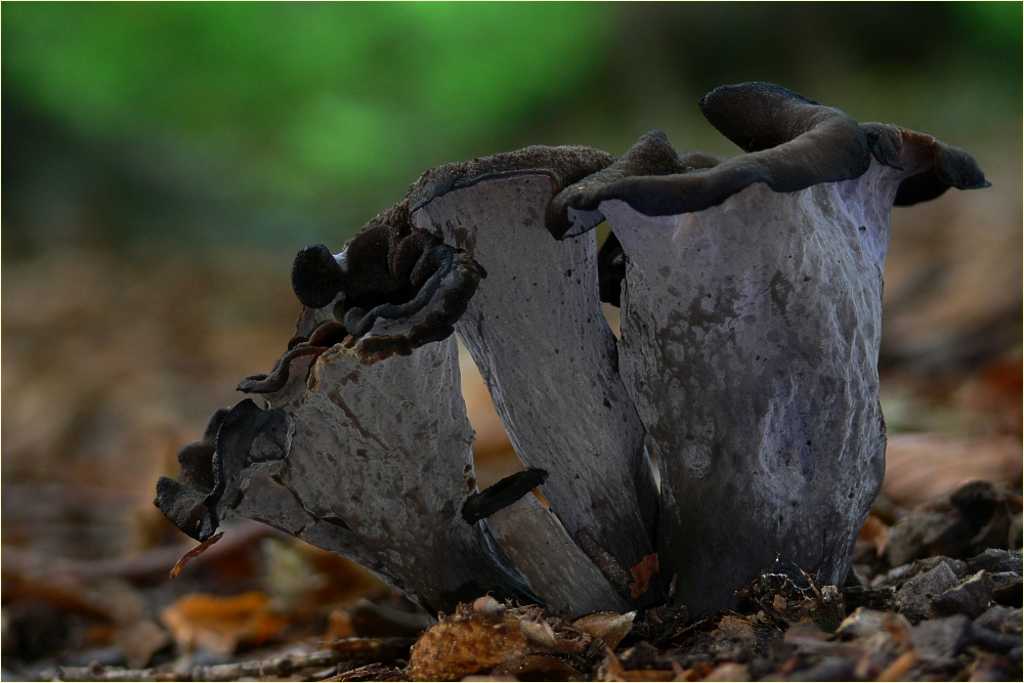
![]()
There are real chanterelles and twins.
Sometimes inexperienced mushroom pickers confuse inedible chanterelle with an unpleasant taste, but not poisonous fox false. It belongs to agaric mushrooms and grows in late summer, more often in autumn, in coniferous forests. If you look closely, the false fox can be easily distinguished from the real one. Firstly, the hat of the false chanterelle is not yellow, but orange, quite bright. If it faded from old age, it still became not yellow, but reddish, with lighter edges, always even, not wavy, like a real fox.
Secondly, in a false chanterelle, the hat and leg do not form one whole, as in the chanterelle. Explicit plates in false chanterelle, not folds, red-orange, frequent. The leg is also bright, like the plates, thin. In general, the whole mushroom is thinner, flimsy compared to a real chanterelle. And yes, it has a bad smell. But if you accidentally got into the basket false fox, do not worry, the mushroom is edible, albeit tasteless. 
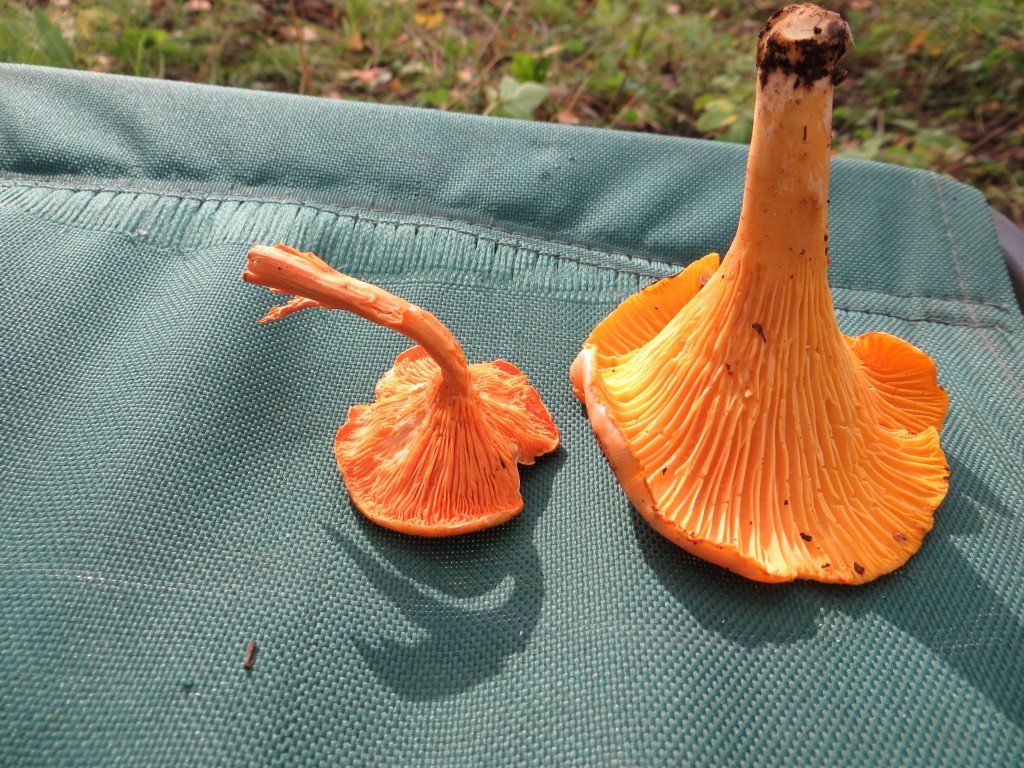
In the forests you can find mushrooms similar to young chanterelles. The same shape of hats with wavy edges. Yes, and the color in most cases is golden, like that of chanterelles, it can also be more faded - cream, whitish-yellow with a pink tint. But this mushroom is similar in outside until you rip it off and look at the underside of the hat. Instead of plates, you will see spines-needles, like on the back of a hedgehog. And then everything will fall into place. in front of youdeaf fox or blackberry yellow(literal translation from Latin hydnum notched). A perfectly edible mushroom, but special taste does not possess. Its flesh is brittle, the spines quickly break off when touched. Blackberry yellow is better for general mushroom roast than as a separate dish.

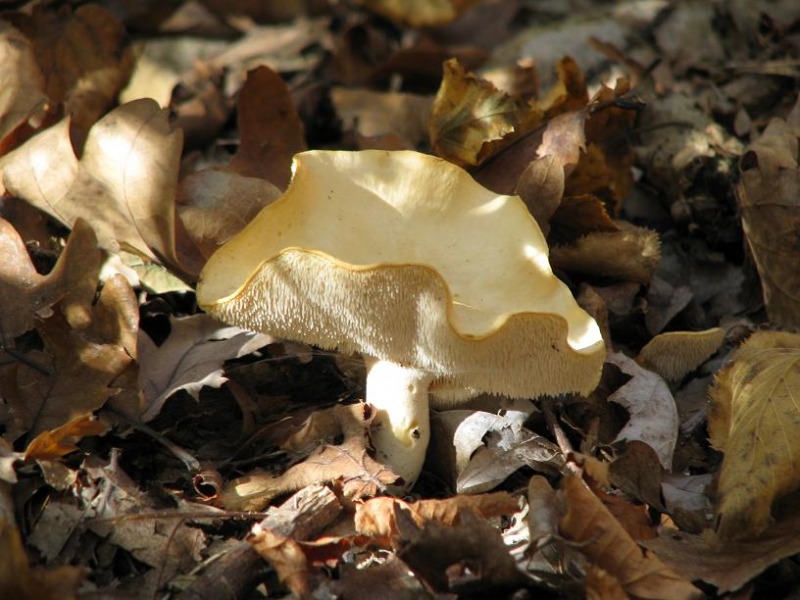
For some reason, some consider the real chanterelle to be a tasteless mushroom - tough, rubbery, with a slight bitterness. And they collect it only for the fact that there is no worm. Although in Europe the chanterelle is valued and classified as a delicacy mushroom, they are used to make various sauces, soups, and add to salads. What is the secret? The thing is that water harms chanterelles. Mushrooms absorb it like a sponge and acquire that same "rubberiness". After collecting the chanterelles, it is worth processing with a minimum amount of water, rinsing lightly under running water and wiping with a damp sponge. In this case, it will not have time to soak in water. And in no case do chanterelles need to be boiled, if you do not add them to the soup, of course, but they are better suited for soups dried chanterelles. Chanterelles have their own peculiar pleasant smell and taste, they do not need any seasonings. They are good on their own. best dish from chanterelles it turns out exactly zharekha - mushrooms fried on butter with grated cheese.


